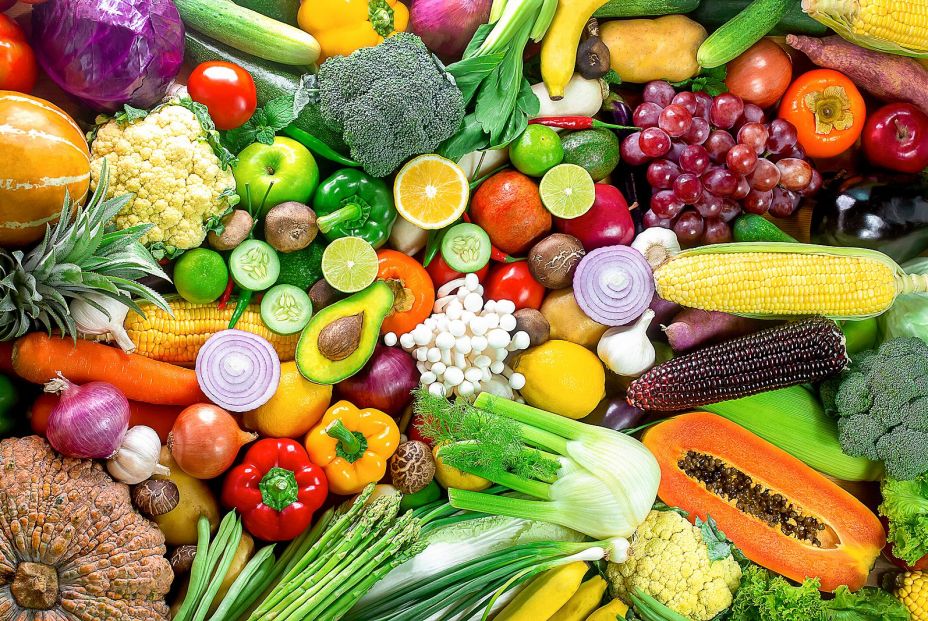The Zeaxantine It is a carotenoid of plant origin, present in foods such as cornhe peppergreen leafy vegetables, such as spinach or Brussels cabbageand fruits such as nectarines and oranges. It is known for its protective function of ocular health, although new findings open the door to its potential in front of the cancer.
Researchers of the University of Chicago (United States) have discovered that Zeaxantine could also improve the capacity of cancer immune cells and reinforce the effectiveness of advanced treatments such as immunotherapies.
Zeaxantine, carotenoid that goes beyond eye health
The study, published in ‘Cell Reports Medicine‘, is based on years of work on which the research team analyzed a wide library of nutrients in the blood to identify the Zeaxantine As a compound that directly enhances the activity of CD8+T cells, a crucial type of immune cell that destroys tumor cells.
These cells depend on a molecular structure called TCR cell receiver (TCR) to recognize and destroy abnormal cells. Zeaxantin would stabilize and strengthen the formation of this TCR complex in T CD8+, when interacting with cancer cells, which would trigger a more robust intracellular signage that enhances the activation of T lymphocytes, cytokine production and the ability to destroy tumors.
In experiments with mice, dietary supplementation with zeaxantine slowed tumor growth. In addition, when combined with immune control point inhibitors, a type of immuniterapy, managed to significantly improve the antitumor effects, compared to the application of immunotherapy alone.
How the Zeaxantine enhances the response of T cells against cancer
To expand the findings, the researchers tested human T cells designed to recognize specific tumor antigens and discovered that zeaxantine treatment improved the ability of these cells to kill melanoma cells, multiple myeloma and glioblastoma In laboratory experiments.
“Our data shows that zeaxantin improves the responses of both natural and modified T cells, which suggests a high translation potential for patients undergoing immunotherapies,” said the main author of the study, Jing Chen, a distinguished teacher of medicine Janet Davison Rowley.
In a previous investigation, Chen’s group discovered that transvaccanical acid (TVA), a fatty acid derived from dairy and meat, also stimulates the activity of T cells, but through a different mechanism. Together, the findings suggest that nutrients of plant and animal origin can provide complementary benefits to immune health.

Clinical and future applications of nutritional immunology
Although the results are promising, researchers have pointed out that work is still at an initial stage and most findings come from laboratory experiments and animal studies. Therefore, they have affirmed that clinical trials are necessary to determine whether zeaxantine supplements can improve results in cancer patients.
“Our findings open a new field in nutritional immunology that analyzes how specific dietary components interact with the immune system at the molecular level,” Chen stressed. “With more research, we could discover natural compounds that make Current therapies against cancer are more effective And accessible, “he said.
Where can you find the Zeaxantine
Zeaxantine is a carotenoid that is mainly found in yellow, orange and dark green fruits and vegetables, and that in addition to protecting vision could reinforce the activity of the immune system.
Among the richest zeaxantin vegetables are the Sweet corn, yellow and orange peppers, spinach, kale, peas, broccoli and Roman lettuce.
As for fruits, it is found in oranges, mandarins, kiwis, mango, papaya, melon Cantalupo and peaches, contributing an intense color in addition to nutritional benefits. Incorporating these foods into the diet is a natural way to increase the intake of this important nutrient.


